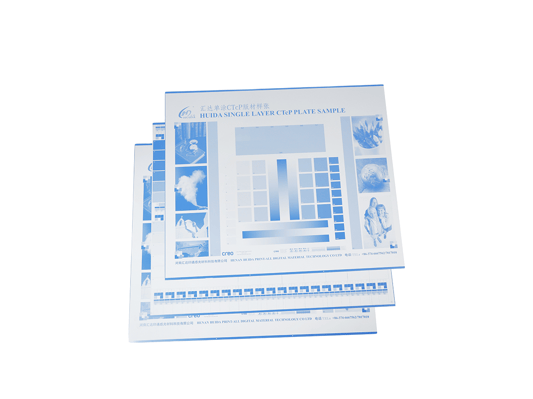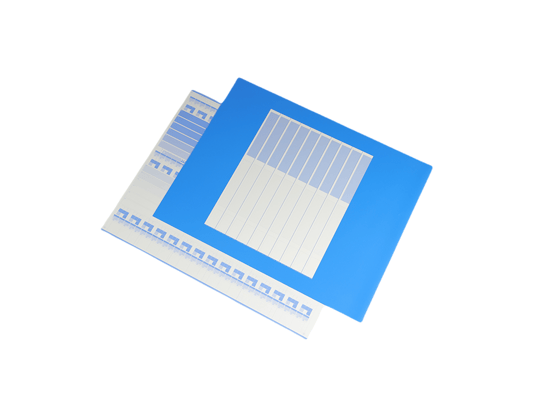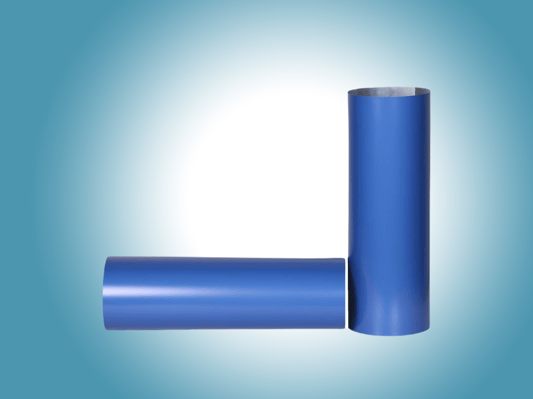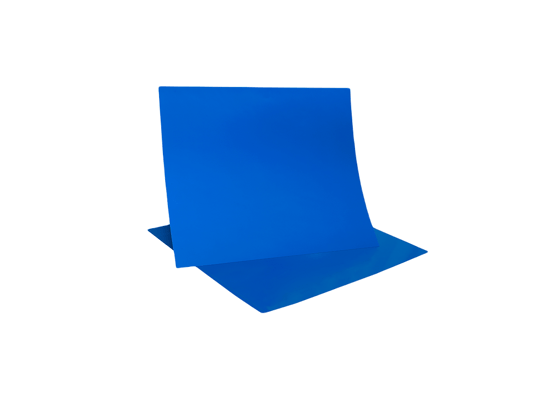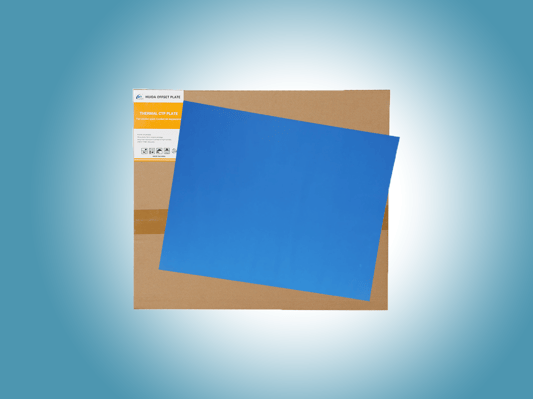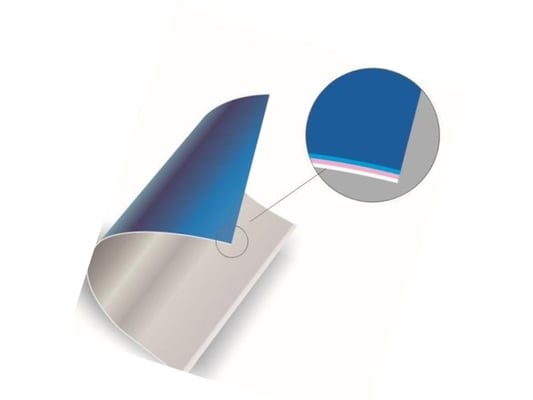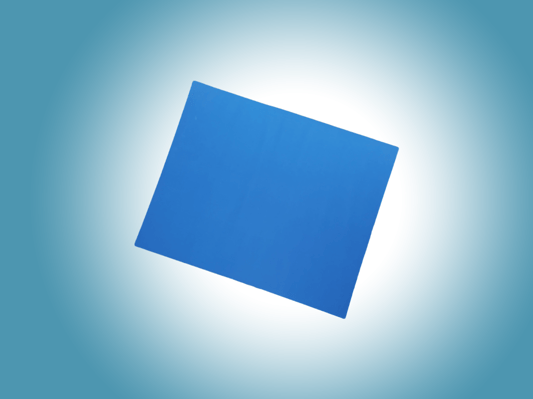What is a printing plate?
Customers frequently inquire about printing plates, including what they are, why we must charge for them, and when they must be paid.
Images and text are transferred onto the surface you want to print on using plate for printing. Whether printing bags, periodicals, catalogs, or garments, a printing plate or printing block is commonly used.
Because the plate is unique to the image or text it contains, it's only natural that it can be used to print that exact piece of artwork. This is why you'll need a fresh plate if you make even minor alterations to your next print run. The good news is that re-runs of the same printed message can use the same plate, which means no additional plate charges.
Why You Need To Pay For Printing Plates
Because the cost of printing plates is distinct from the cost of your bags, we include it separately in our estimations. If you are a new customer or requesting a completely new design, there is normally a one-time charge for plates, regardless of the quantity you order.
This is something to keep in mind when getting quotes: if the plate charges aren't listed, make sure to inquire about them. You don't want anything to go wrong.
Your print spec is what determines the cost of your printing plates – as you’d expect, a full colour print means more costly plates than a simple logo on a plain bag. The number of colours you use will also impact this – the more print colours, the more plates we need to use to achieve your design.
This means an important step in the process is being sure that the design you sign off on is one you will be happy to use again for repeated orders – or if it is a one-off order, that you take a big enough quantity to make the plate purchase feel worthwhile; that way you know you will get value for money.
Here at Huida we keep plates belonging to clients, so that when you are ready for a repeat order of the same bag design, we’re ready to go, without that additional cost. That’s why choosing us as your bag supplier and coming back to us when you’re ready to stock up can help save you money in the long run. The only thing to remember with this is that we can’t reuse your plates if you’re changing from a plastic/paper bag to fabric, or vice versa, because these products use different printing methods and therefore will need new plates to be made – even if your artwork is the same.
You’ll find we offer a few perks when it comes to printing plates depending on the product you order. In terms of longevity, printing plates tend to last approximately three years – though this depends on how often they’re used and how they’re stored.
How Printing Plates Are Used in Different Printing Methods
Offset Litho Printing
For offset litho printing, plates are usually thin aluminium sheets. In some instances paper, plastic or rubber plates may be used. While aluminium plates are the more expensive option they have greater accuracy, produce high quality images and last much longer. Images and text are transferred to the plate using either graphic film or, more commonly these days, direct from the computer. A coat of clear varnish is applied to the image area on the plate to attract the ink, while the rest of the plate is coated with a gum substance that attracts water.
Next the plates are wrapped around the cylinder and pressed against rollers which dampen with water and brush with ink, with the ink only sticking to the varnished areas. The inked plate then presses against the softer blanket cylinder, which then transfers the printed image to the paper, plastic or card to give you the final print. This process can only be used to print onto a flat surface.
Screen Printing
For this process the plate or screen is made from a piece of mesh stretched tightly over a metal or wooden frame. Originally the plates were made from silk; you may be familiar with the term ‘silk-screen printing’. Nowadays the mesh is usually made from synthetic polymer like nylon, Dacron or even stainless steel. To create the image a stencil is formed by blocking off parts of the screen leaving open spaces where the ink will appear on the finished design. Before printing begins the screen is covered with an emulsion where the exposure unit burns away any unnecessary emulsion to leave a clean, identical impression of your chosen image. The area to be printed is then coated with a ‘pallet tape’ to protect it from unwanted ink leaking through the screen in the wrong places.
Once the screen is prepared it is placed onto the substrate. Ink is then placed onto the screen and a floodbar is used to spread the ink, pushing it through the holes in the mesh. Once only a manual labour intensive process, screen printing can now be produced using mechanical screen presses. Because screen printing can be used to print on many shapes and sizes of materials, it’s an ideal process for us here at The Printed Bag Shop.
Flexo Printing
Flexo printing plates, often referred to as ‘relief plates’, are usually made from photopolymer material, while there are some still made from rubber. A relief plate means that the image is raised above the non-image area. The print is achieved by creating a mirror image in 3D with the photopolymer plate. When the printing plate is placed onto the cylinder ink is transferred to it using an anilox roller, contacting the print material and transferring the ink.
Named Flexo because of its flexibility when printing onto corrugated cardboard, flexo printing has advantages over litho printing. The process can use a wider range of inks and is able to print on a variety of different materials. The flexo printing process is most commonly used for printing packaging, plastic carrier bags, disposable cups, milk cartons or labels.
If you’re looking at getting offset printing plates for your business we’d love to hear from you.
Contact form
- การเลือกตัวเลือกจะส่งผลให้มีการรีเฟรชทั้งหน้า

